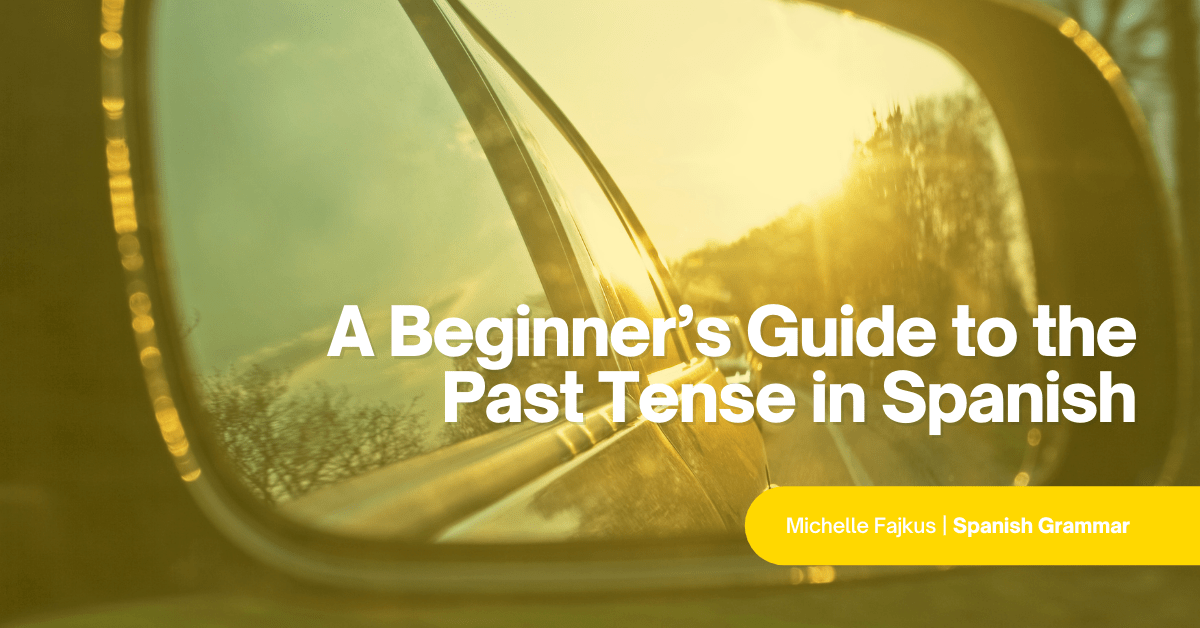
Preterite vs Imperfect: A Beginner’s Guide to the Past Tense in Spanish
Ready for a blast from the past? As you may know, Spanish has two past tenses: preterite and imperfect. It’s often tricky to know which to use when, since they both refer to actions in the past. Fortunately, several general guidelines exist to help you realize when to use preterite vs imperfect. It’s also helpful to know which Spanish phrases trigger the use of either the...Read More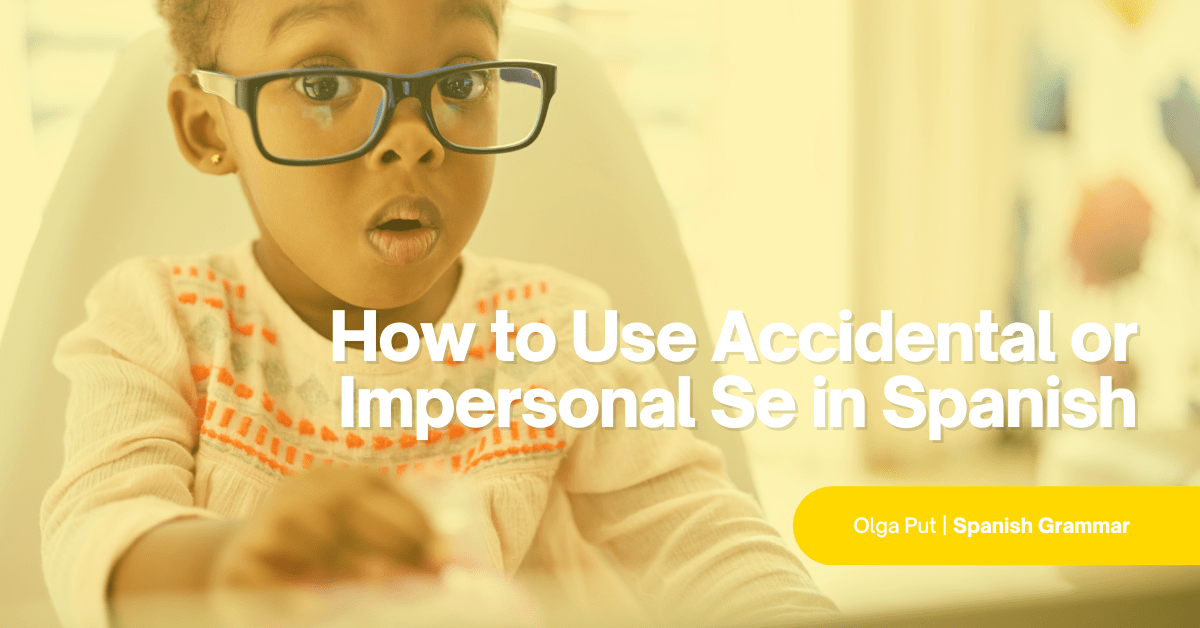
How to Use Accidental or Impersonal Se in Spanish Conversation
Imagine you’ve just broken your mom’s favorite flower vase. By accident, of course. What do you tell her? “Mom, I broke your flower vase.” But wouldn’t that somehow imply that you did it on purpose? Wouldn’t she be angry? Or would you say: “Mom, your flower vase got broken,” effectively removing yourself from the picture, shamelessly escaping all consequences....Read More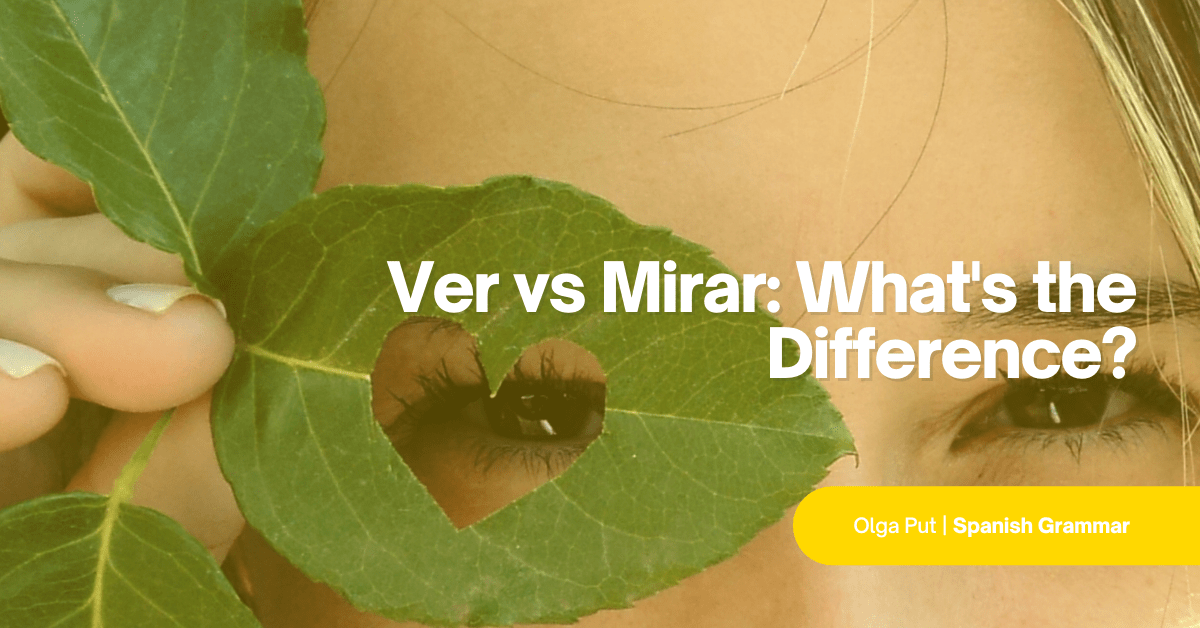
Ver vs Mirar: What’s the Difference in Spanish?
I’m sure that at some point in your Spanish education you learned that ver means “to see” and mirar means “to look.” Then you came across sentences like these and felt slightly confused: Mi hermana ve mucho Netflix.My sister watches Netflix a lot. Se te ve bien la falda.The skirt looks good on you. La mayoría de la gente no mira la guerra como algo bueno.Most people don’t...Read More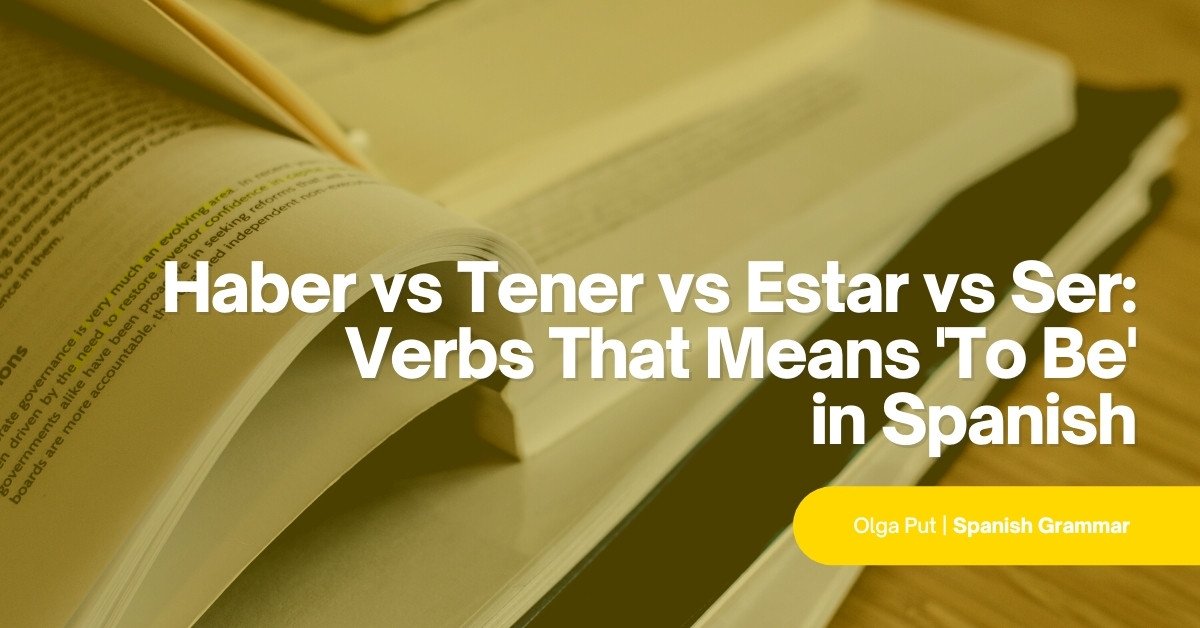
Haber vs Tener vs Estar vs Ser: Verbs That Means ‘To Be’ in Spanish
Have you ever committed a beginner Spanish learner mistake and told somebody your age by saying Yo soy veinte años instead of Tengo veinte años (I am 20 years old)? Don’t worry—most English-speaking learners do. Why? Beginner learners don’t know that the English verb “to be” translates into more than one Spanish verb depending on the context. Today, you’ll take a huge step...Read More
Spanish Spelling With B and V: Word List, Verbs, and Pronunciation
How would you pronounce the following Spanish words: barón (baron) and varón (male)? Did you make them sound different? Well, you shouldn’t have. Don’t worry, you’re not alone! English speakers tend to have problems with the pronunciation of the Spanish b and v. First, because these two letters have the same sound in Spanish. Second, because depending on their...Read More
Easy Guide to the WEIRDO Subjunctive
If you’ve been trying to figure out the Spanish subjunctive rules, you’ve probably come across the WEIRDO subjunctive acronym. In fact, WEIRDO exists to help Spanish learners understand the subjunctive. Keep reading to discover how understanding the WEIRDO subjunctive helps you master this important grammar topic. To prove your new knowledge, take the multiple-choice test at the...Read More
Spanish for Dummies [Greetings, Questions, Small Talk, and More]
Learners today want easy and fast solutions, and although no magic app exists to make you learn things effortlessly, it is possible to learn with easy-to-digest content. Ready for Spanish for dummies? This lesson includes the basic vocabulary and expressions that you’d normally cover in a few weeks of Spanish 101 for beginners classes. Read this article, and you’ll find things to...Read More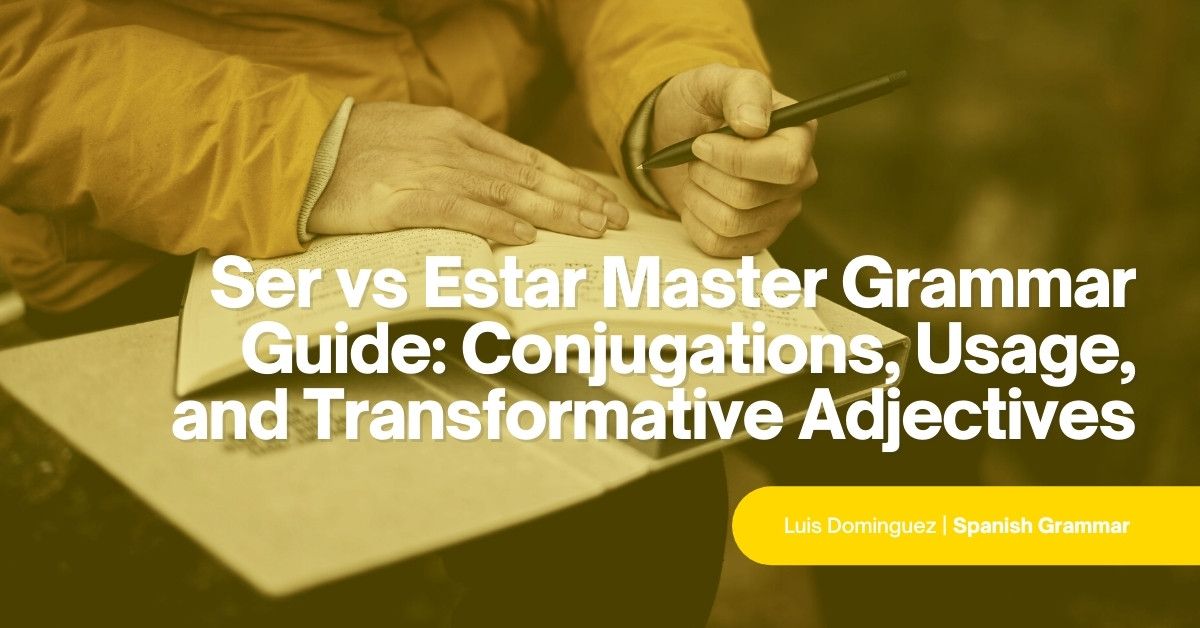
Ser vs Estar Master Grammar Guide: Conjugations, Usage, and Transformative Adjectives
“Should you use ser or estar?” That is the question. If you’ve ever asked that same question yourself, you’re part of the 99% of Spanish students who wonder why on Earth the Spanish language needs two verbs to express what in English you can say with only one (“to be”). To be fair, that’s how it works in most Romance languages, but I digress. Ser and estar are the two translations of...Read More
How to Use Verbs Like Gustar [+ 29 New Verbs & Phrases]
Verbs like gustar in Spanish may seem complicated and confusing, but I can promise you there’s an easy way to trick your brain into using this verb structure without errors! Change How You Think Language has a way of exposing our most basic assumptions about reality. When it comes to verbs like gustar, you’ll notice a striking difference between the way native English and Spanish...Read More
